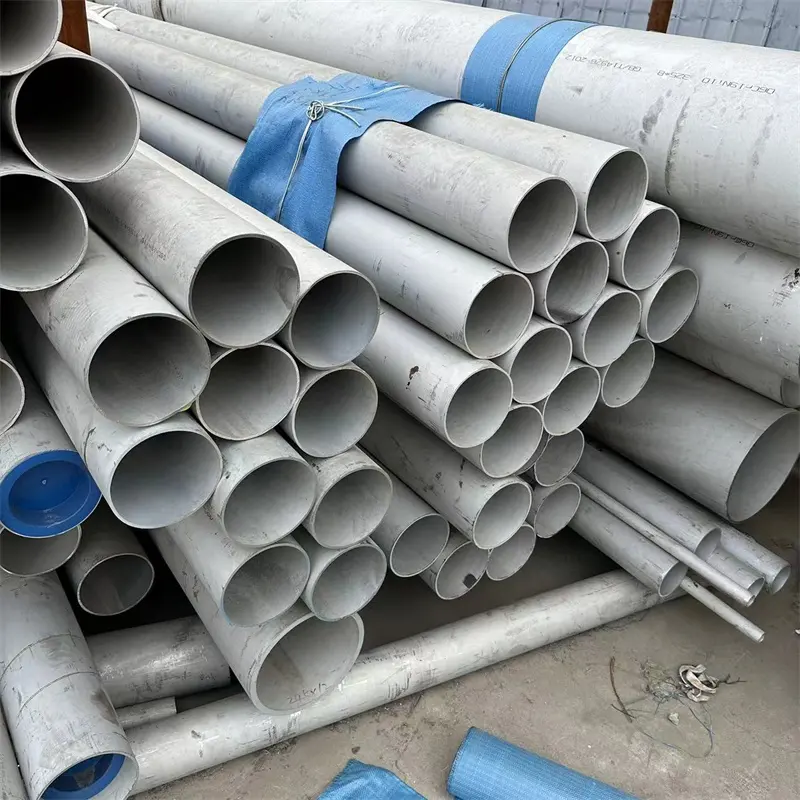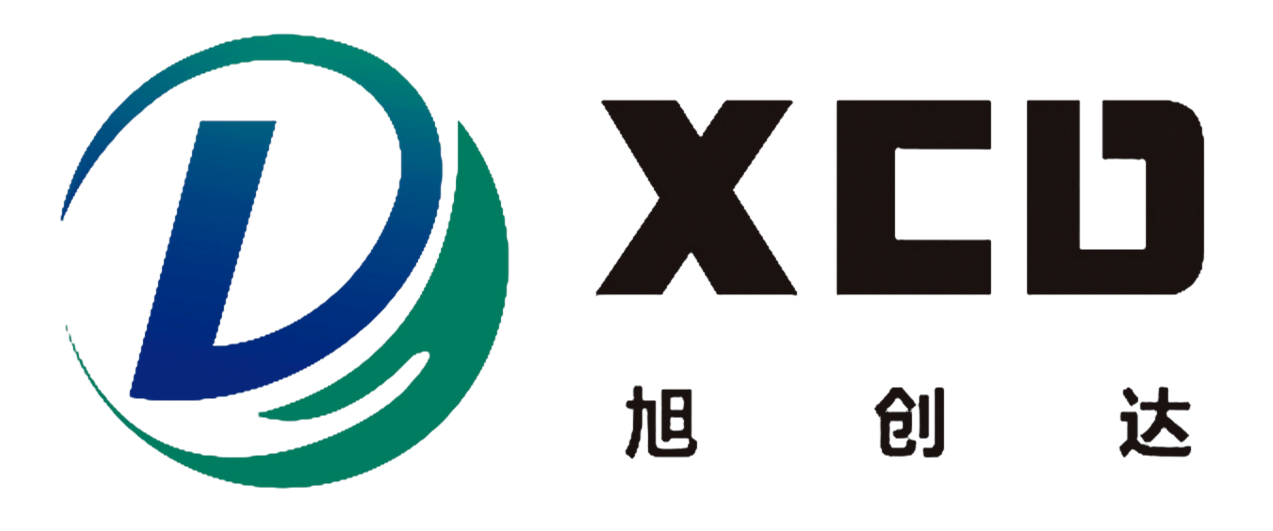Understanding the SS Pipe Market in China
The Chinese grip on the SS pipe market is pretty hard to ignore. As industries there have grown fast, manufacturing facilities have multiplied, and now China makes around half of all stainless steel produced globally, including plenty of those stainless steel pipes. The secret sauce? Big money poured into tech upgrades and new innovations plays a huge role. This kind of spending helps factories run better, cuts down what things cost to make, while still keeping quality where it needs to be. Plus, there's the whole workforce factor too many workers available at lower wages means they can churn out massive quantities without breaking a sweat, which keeps prices low worldwide. Throw in government backing through various incentives and policy favors for manufacturers, and it's no surprise that China sits firmly at the top of the SS pipe heap these days.
Common Grades and Specifications of Chinese SS Pipes
So what grades do we commonly see in Chinese stainless steel (SS) pipes, and why does it matter? The market offers several main types including 304, 316, and 321, all meant for different purposes really. Take 304 for example it stands out because it resists corrosion pretty well which makes it good for everyday applications across many industries. Then there's 316 which has better protection against things like pitting and crevice corrosion thanks to some added molybdenum content, so this one works great in saltwater or coastal areas where regular stainless would struggle. For situations involving high heat, manufacturers often go with Grade 321 since it contains titanium that helps stabilize the metal at elevated temperatures. Most reputable producers follow international specs from organizations like ASTM, ASME, and ISO to ensure their products stack up against worldwide quality expectations. Since manufacturing methods directly affect both price tags and overall quality, selecting the appropriate grade becomes essential when looking at long term performance and durability requirements, especially when thinking about how resistant the material needs to be against rust and how strong it should stay under stress over time.
Navigating Quality Standards for SS Pipe Importing
Essential Certifications for Chinese SS Pipe Manufacturers
When it comes to stainless steel pipe quality control, certifications like ISO 9001 and CE marking play a crucial role. These aren't just pieces of paper but actual proof that the manufacturer follows strict international guidelines for product safety and performance specs. For anyone importing these pipes, checking these documents isn't optional it's essential for getting through customs without delays since they show everything meets the necessary regulations. Over in China, government agencies handle most of these certifications, making sure factories produce goods that work well both at home and abroad markets. Working directly with factories that have proper certification cuts down on quality issues大大, which builds confidence across the entire supply network from production floor to delivery truck.
Implementing Third-Party Inspection Protocols
Third party inspections play a big role in protecting stainless steel pipe imports from problems down the line. When companies get their pipes checked out by independent inspectors before they ship, it makes sure everything meets the required quality standards. The process starts with setting clear guidelines about what counts as acceptable materials and dimensions, then hiring trustworthy inspection firms to do the actual checks on site. These inspections really cut down on the chances of getting poor quality products, something that matters a lot when dealing across borders where regulations vary so much between countries. Buyers feel better knowing their specs were actually followed during production, which builds trust over time. Most businesses find that going through this extra step pays off in the long run too, since shipments go through customs faster and there's less hassle keeping track of where things stand in the supply chain for SS pipes.
Optimizing Shipping Methods for SS Pipe Imports
Picking the correct shipping method matters a lot when importing stainless steel pipes. So what choices do we actually have here? For big volume shipments, sea freight still makes sense economically even though it takes longer to get there. Air freight gets things delivered faster obviously, but comes with a much bigger price tag, so best reserved for those really time sensitive orders. Smart importers save money by grouping smaller shipments together and planning routes carefully to cut down on unnecessary travel. And let's not forget about protection during transport either. Good packaging keeps those valuable SS pipes safe from damage, especially important given how expensive they are. Most experienced companies also build some sort of contingency plan into their operations just in case something goes wrong along the way.

Managing Import Duties and Anti-Dumping Regulations
Getting a handle on import duties and anti-dumping laws matters a lot when dealing with stainless steel pipes in international markets. Let's face it these regulations directly affect how much companies pay for materials and where they source their supplies from. The anti-dumping measures specifically exist to stop foreign competitors from selling their products way below market value which can really hurt local manufacturers who play by the rules. Anyone involved in importing needs to stay on top of customs requirements because getting caught out could mean serious fines down the road. Most countries have trade departments or commerce bureaus that publish helpful guides for businesses navigating these complex waters. Taking time to understand what each jurisdiction requires helps companies avoid costly mistakes while keeping operations running smoothly across borders.
Addressing Quality Inconsistencies in Stainless Steel Products
When it comes to stainless steel pipe imports, inconsistent quality really messes things up for businesses. We've seen all sorts of problems over the years from pipes that don't meet spec on their chemical makeup to ones that start corroding way faster than expected. To avoid getting stuck with bad stock, smart importers spend serious time vetting potential suppliers first. Look at what other customers are saying online, check if they actually follow international standards, and get a good look at their manufacturing facilities when possible. Ask for those official test reports and push for written guarantees whenever feasible. Most experienced traders know that regular spot checks combined with independent inspections from trusted third parties make all the difference in keeping quality stable across shipments.
Managing Currency Fluctuations and Trade Disputes
The ups and downs of currency exchange rates really mess with stainless steel pipe imports, making it tough to predict costs and set prices properly. Businesses need to find ways around this problem. One common approach is using hedging techniques, particularly forward contracts which help lock in stable pricing for longer periods. Trade conflicts often pop up too, usually because contracts aren't clear enough or when new rules get implemented suddenly. Most companies prefer resolving these issues through mediation first before things escalate to full blown court cases. Keeping an eye on what's happening economically worldwide helps reduce surprises. Many importers actually assign someone specifically to track market movements and regulatory changes across different countries where they operate.
FAQ Section
What factors contribute to China's dominance in SS pipe production?
China's rapid industrial growth, strategic investments in technology, and large workforce contribute to its dominance in SS pipe production.
Which grades of SS pipes are commonly produced in China?
Common Chinese SS pipe grades include 304, 316, and 321, each serving specific applications based on corrosion resistance and temperature stability.
Why are certifications important for SS pipe manufacturers?
Certifications like ISO 9001 and CE marking ensure adherence to international quality standards, vital for safe and reliable SS pipe performance.
How can third-party inspections benefit SS pipe imports?
Third-party inspections verify quality and specifications, minimizing risks of receiving substandard products and enhancing buyer confidence.
What are the considerations in choosing shipping methods for SS pipe imports?
Key considerations include balancing cost, delivery time, and volume efficiency when choosing between sea freight and air freight shipping methods.
Table of Contents
- Understanding the SS Pipe Market in China
- Common Grades and Specifications of Chinese SS Pipes
- Navigating Quality Standards for SS Pipe Importing
- Optimizing Shipping Methods for SS Pipe Imports
- Managing Import Duties and Anti-Dumping Regulations
- Addressing Quality Inconsistencies in Stainless Steel Products
- Managing Currency Fluctuations and Trade Disputes
-
FAQ Section
- What factors contribute to China's dominance in SS pipe production?
- Which grades of SS pipes are commonly produced in China?
- Why are certifications important for SS pipe manufacturers?
- How can third-party inspections benefit SS pipe imports?
- What are the considerations in choosing shipping methods for SS pipe imports?


